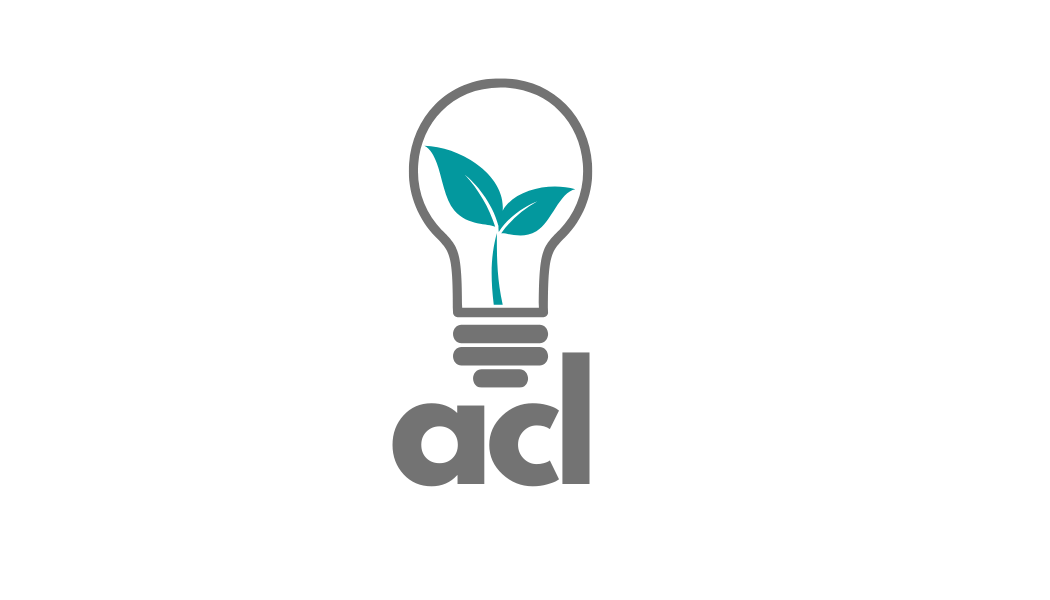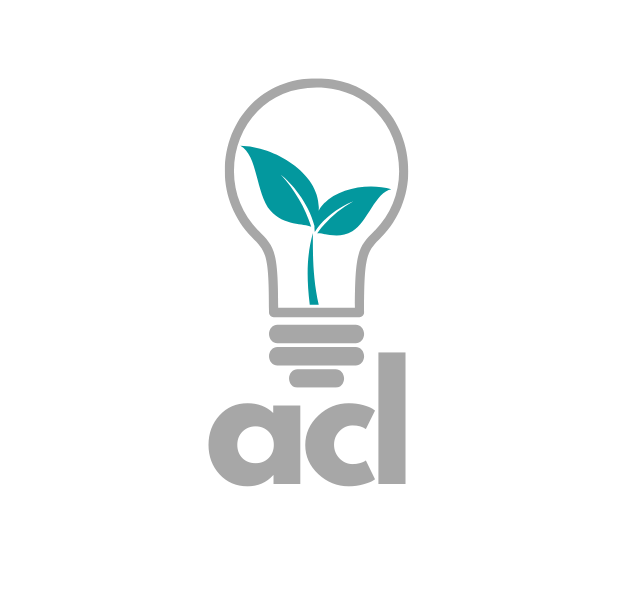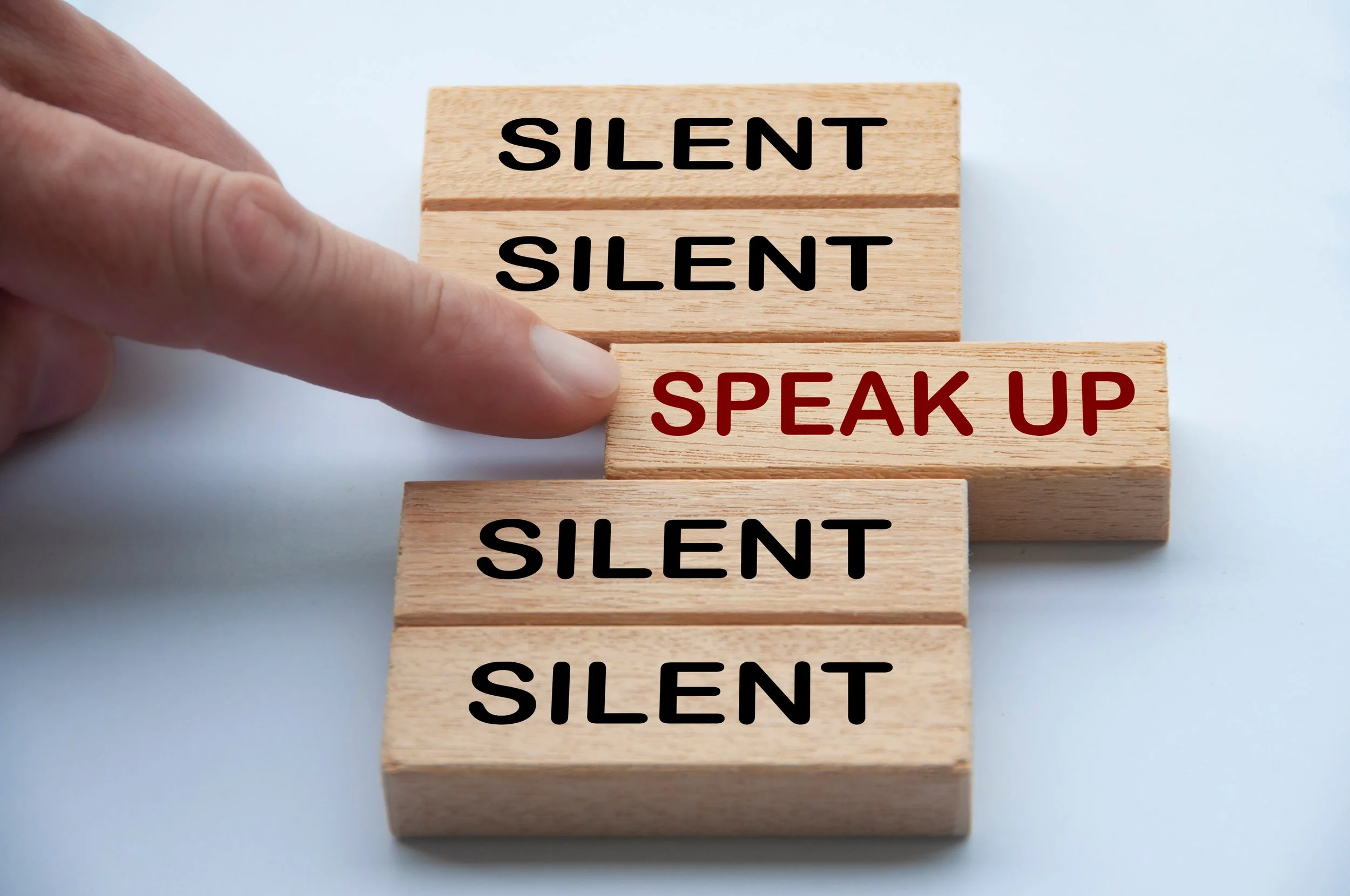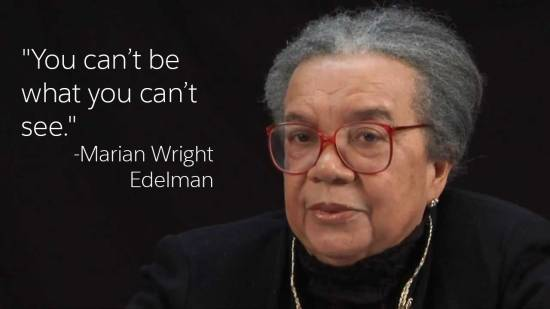Just how does DEI impact your business?
DEI has been on everyone’s agenda for a number of years now, and with good reason. Ten years ago, if you wanted to understand the impact of DEI on your business, you’d need to be ready to dig for the info. Today, there is much more intel available through a quick google search and from credible institutions too. If you were ever unsure about whether you needed to start out on your DEI journey, the case has been made: If you’re not considering your DEI strategy and starting out on that journey, you’re going to be left behind.
Why left behind? How does your DEI strategy impact your business?
It hits your ability to attract talent
We’ve been bandying the phrase ‘War for talent’ about for the past twenty years and it’s not going anywhere soon. Your DEI strategy can help you win this war. According to Hays Diversity & inclusion 2019 report “58% of professionals look for an organisation’s diversity and inclusion policies when researching a potential new employer” and this rises to “67% for professional services employees”.
Your DEI strategy needs to be magnetic
It’ll be the difference between attracting or repelling talent
A DEI policy is the first thing an organisation should be getting straight – while so much of your DEI strategy may flex and change as required, your policy doc defines your hard lines. What you will stand for, what you’ll hold people accountable to. Creating it doesn’t have to be a herculean task, but it’s often a source of handwringing for many smaller companies.
Yet your potential hires don’t stop at looking for a policy doc hidden in the footer of a website. “66% of respondents at a junior level sought out commitment to DEI” rising to “72% at senior level”. And 62% of respondents found it “extremely hard to find evidence of these commitments”. And it’s easy to see why – for many organisations the idea of publicly stating your DEI commitments is terrifying! What if you don’t meet them? What if they show how far behind you are? What if you’re judged for making them too ‘realistic’?
Firstly, we’re all on a journey. No-one has this nailed. Some of us are further ahead than others, but that’s it. DEI is a constantly moving feast as we all grow and evolve, so there is no ultimate destination to aim for. The important thing is to take those first steps and keep putting one foot in front of the other.
Secondly, Corporate Authenticity and Vulnerability are not failings, they’re superpowers. Setting realistic goals means you get to achieve them and celebrate your successes. It wards off the judgement and sense of a lack of commitment should you fail to achieve that BHAG. DEI is a marathon not a sprint. The last thing you want is to burn off any goodwill you had towards your DEI strategy by setting an unachievable target. You want to build a sense of momentum with realistic targets you can layer over time.
But Corporate Authenticity goes beyond that – it requires you to be honest about who you are as a accompany and what you want to achieve. And it requires you to hold yourself accountable: If you state that you stand against sexism, racism, homophobia, ableism, etc, then you need to be ready to fire the person who refuses to change their sexist, racist, homophobic, ableist behaviours. No matter what level they’re at, graduate or chairperson.
Corporate Vulnerability recognises that an organisation is made up of humans. And that sometimes we’re going to make mistakes. It allows an organisation to admit it’s failings and establish new behaviours. It allows potential hires to see not only the company they’re joining but also the company that it aspires to be. If you see a sea of white, middle aged, male faces on a ‘Who are we’ page, why would a woman, let alone a black woman, feel they’re a company she should join? But if the company has their DEI commitments front and centre of their website, if they acknowledge where they are, the targets they’ve set AND what they’re doing to achieve them, as well as how they’ve created a psychological safe space for diversity, then maybe that’s a journey she can get onboard with.
It helps you retain your people
Getting diverse talent into your business is one thing. Keeping them, another. This is where Inclusion comes in.
According to McKinsey’s ‘Diversity Wins: How inclusion matters’ 2020 report, “Diversity and inclusion in the workplace cause all employees to feel accepted and valued. When employees feel accepted and valued, they are also happier in their workplace and stay longer with a company. As a result, companies with greater diversity in the workplace have lower turnover rates.”
A study by Momentive in 2021 showed a positive correlation between an employee’s Happiness and Opportunities for career advancement, and the perception that their company is ‘about right’ or ‘going too far’ on DEI.
78% of employees said it was “important to work for an organisation that prioritises diversity and inclusion, including 58% who said it’s very important”.
“60% of employees want to hear business leaders speaking up about social and political issues with 62% workers saying that they consider DEI to be an important factor in their company’s ability to drive success. However, only 48% of C-level executives said the same, and almost half actually went so far as to say that DEI is “a distraction from our company’s real work”.
Those stats bear reading and re-reading. We know that employee engagement and satisfaction are key to retention and performance. But what we’re now seeing is a greater connection between employees’ values and those of their employers. And far greater public scrutiny of how those companies demonstrate their values, if indeed they do at all. Couple that with an expectation for senior leaders to be publicly committing to DEI and a practical demonstration of that commitment, and it becomes clear how a companies DEI strategy affects the retention of their staff. Fail in this regard and see people leave the organisation as they seek an employer who tangibly shares their own beliefs and values.
It unlocks performance
McKinsey’s Diversity Wins: How inclusion matters’ 2020 report shows the correlation between diversity in an organisation and the company’s performance: “Companies in the top quartile of gender diversity on executive teams were 25% more likely to experience above-average profitability than peer companies. Companies in the top quartile for ethnic and cultural diversity outperformed those in the fourth quartile by 36 percent in terms of profitability.”
But why is this?
Firstly, as Marian Wright Edelman said, “You can’t be what you can’t see”. Greater levels of diversity within the business means employees from marginalised backgrounds see themselves having career potential within an organisation. More importantly still, it tells them that they’re not going to be held back for being themselves. If an employee sees themselves represented in an organisation at senior levels, they’re more likely to stay at that organisation. If a company retains more of its workforce, it spends less money on recruiting and training its people – more profit.
Marian Wright Edelman,
Founder & President of the Children's Defense Fund
Secondly, there is a cost to having to hide your true self. I remember reading years ago that a study had found Gay men who were out in the workplace were 10% more productive than their counterparts who remained closeted. I was reminded of it when I first saw Vodafone’s ‘Equal at work’ social experiment video. In it, colleagues, one LGBTQIA+, the other cis & straight, pick bricks up and put them in bags dependent on their identification with various statements. The statements related to the bullying and harassment LGBTQIA+ people face in the workplace. At the end of the experiment, the queer people are left with bags that are dramatically heavier than their cis, straight counterparts. This powerful visual representation, for me, transcends the LGBTQIA+ experience to that of anyone from a marginalised group: If you’re from any marginalised group, you’ll be carrying around the weight of your oppression. Not only will you be using one hand to carry that bag of bricks, but you’ll use the other hand to hold up the mask that you need to be able to ‘pass’ in the world around you. Whether that’s toning down your blackness, hiding your butch/femme side or masking your ‘emotions’. These things require energy. Energy that other people get to channel into their work. If this includes women, black and brown folk, the LGBTQIA+ and disabled people – just as a start, is it any wonder that organisations that allow people to be their authentic selves, to put the bag down and drop the mask, see their profits increase as people channel this energy into their day jobs?
Organisations ahead in the journey see greater innovation, creativity and better problem solving.
Less judgement and more authenticity mean people are free to be more creative in their ideas. Those flashes of brilliance that are left field will be surrounded by other ideas that wouldn’t be thought of by a homogenous team and won’t seem as unusual. Unlike in the environment where everyone thinks the same way and flashes of brilliance are seen as cavalier or beyond the pale. A period tracker in the first iteration of the apple watch would have been a no-brainer had there been a woman on the team developing it. After all, a health tracker has an audience comprised of 50% women. Why wouldn’t you want a feature that up to 50 % of your audience would benefit from? Instead, women had to wait until gen 5 to get a native period tracker!
An example closer to home? My DEI committee had four subgroups working in it, one of which looked after ‘Sexuality’. We’d had some turnover and so when I had two new volunteers, I dropped them straight into that team. The two new volunteers, both young black, cis, straight men, when told about the planned attendance at London Pride and the other Pride related activities asked, “What are we doing for Black Pride?” They were answered with a stunned silence. How on earth did we forget about Black Pride? We were the DEI committee!
Easy. We were a group of white queer people. It was something that simply hadn’t been on our radar. Had we had a more diverse group of people working together, we’d have created a more blended approach to our programme, something that better served the people we were representing. In short, we were hobbled by our homogenous lived experience.
So yes, overall, it can feel like a daunting task. There’s a lot to achieve and many milestones along the way. But remember there’s no one person, or company that’s done everything they need to do, no-one has arrived at the end destination – on the DEI journey, some of us are just further ahead than others.
That said, knowing DEI’s impact on talent attraction, retention and productivity, how far ahead do you want your competition to be?




